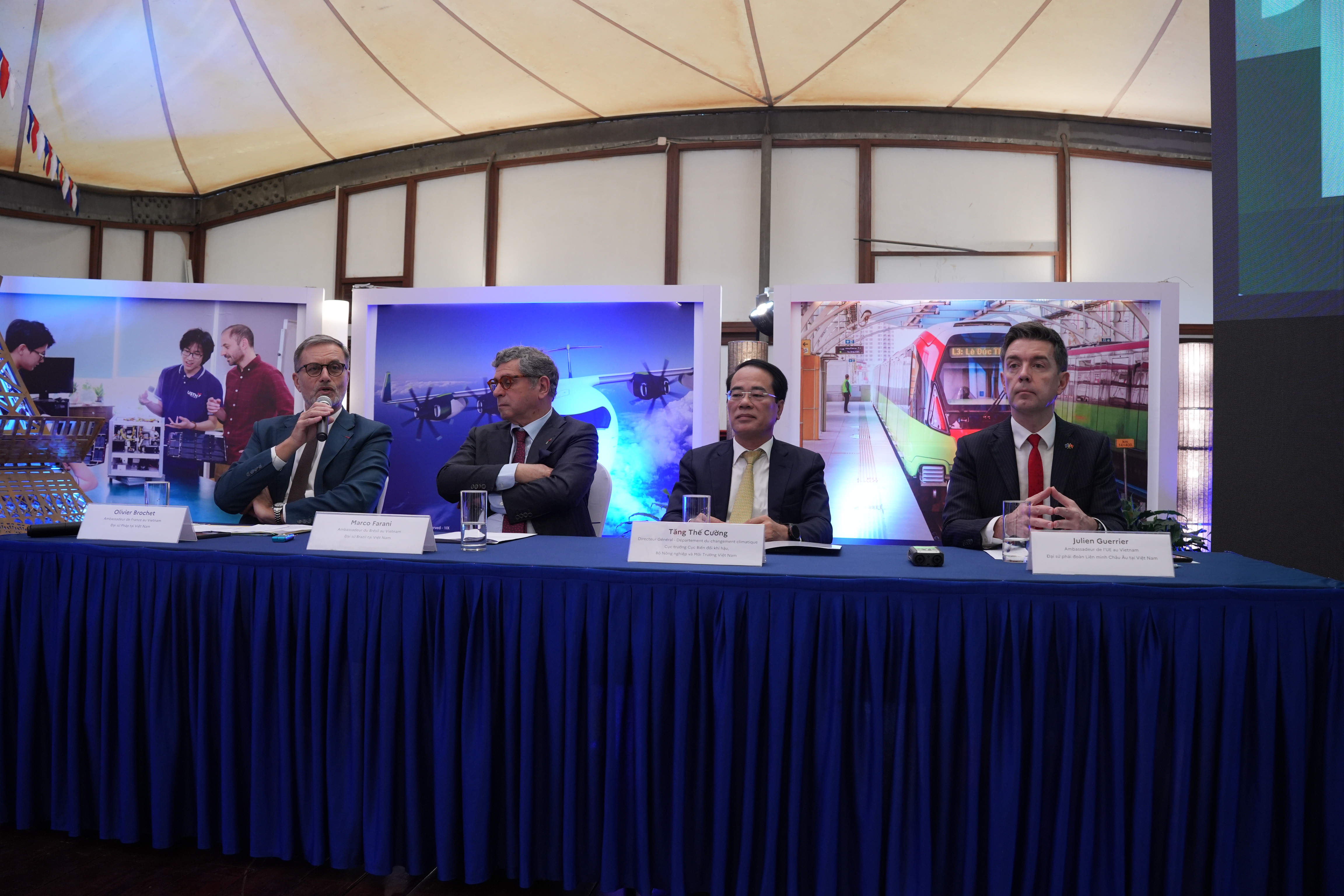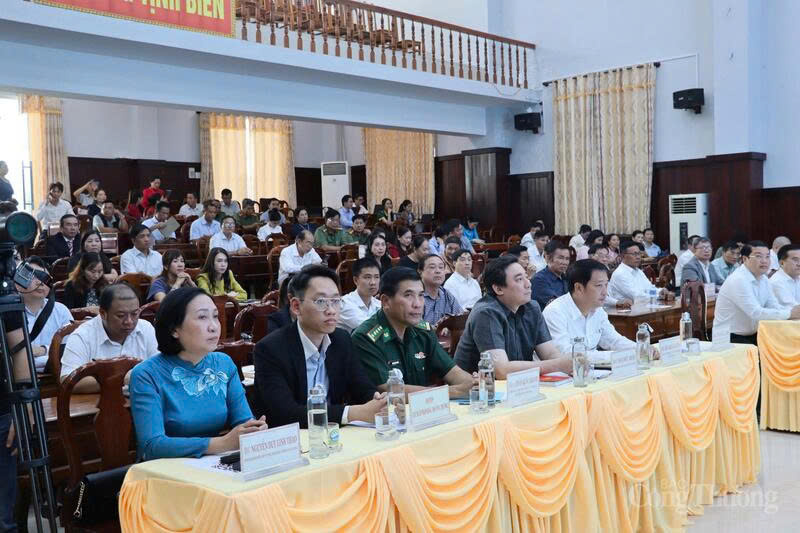
Travel trends 2026: The rise of ultra-personalised journeys
19:05 | 23/03/2025 23:18 | 12/12/2025Tourism
Hanoi issued Resolution No.18-NQ/TU dated December 30, 2022 on digital transformation and building a smart Hanoi City by 2025, with an orientation to 2030, with the goal that by 2030, it will basically become a smart, modern city, gradually connecting with smart urban networks in the region and the world.
 |
Developing a smart and sustainable transportation system is an inevitable trend - photo: D.N |
The Intelligent Transportation System (ITS) using scientific and technological advances in traffic management is an important pillar of smart cities. Therefore, it needs to be developed first, as a foundation for other economic sectors.
According to statistics, traffic congestion is widespread during peak hours in Hanoi City. There are about 37 congestion hotspots during peak hours in 2023, with only nine being addressed so far. The damage caused by traffic congestion to Hanoi ranges from US$1 to 1.2 billion annually. Additionally, the air pollution index is more than five times the regulated limit, and the concentration of PM2.5 dust is approximately three times higher, adversely affecting people’s health.
Traffic congestion also causes losses of over one million work hours per year.
Analysis should base on current transportation system
To solve the city’s traffic problem, at the recent seminar “Towards a smart and sustainable Hanoi traffic system,” Prof., Dr. Le Hung Lan - Head of the ITS research project - said that Hanoi needs to quickly become a smart city, with the development of ITS one of the key pillars.
Dr. Lan explained that ITS would consist of four main components, including ITS users, smart device-integrated vehicles, smart transportation infrastructure, and the city’s traffic control and monitoring center.
Among these, ITS users primarily include the citizens participating in traffic and those managing and operating traffic. Users not only receive ITS services but also actively contribute information to ITS.
To do this, Lan suggested that the roadmap for ITS in Hanoi should be divided into three stages.
In Stage 1, from 2024 to 2026, the city will focus on establishing its traffic control and operation center, investing in installing ITS peripheral devices, connecting data sources, and implementing integrated ticketing.
Stage 2, from 2027 to 2030, includes the construction of an integrated smart traffic control center, the development of basic ITS applications, and investment in installing ITS peripheral devices.
Stage 3, extending until 2045, focuses on efficient operation of the city’s ITS, completing the ITS infrastructure, and enhancing applications that leverage traffic data.
Dr. Tran Thien Chinh from the Post and Telecommunications Institute of Technology suggested that the project should thoroughly analyze the strengths and weaknesses of the current transportation system, and propose plans based on that.
He also noted that the project outlined a roadmap in three stages, so policy mechanisms and impact assessments should be specifically tied to each stage.
| To achieve the general goal set for ITS, Hanoi needs to complete 18 tasks in three strategic pillars: digital government, digital economy and digital society. |

19:05 | 23/03/2025 23:18 | 12/12/2025Tourism

19:05 | 23/03/2025 23:04 | 12/12/2025Trade

19:05 | 23/03/2025 23:00 | 12/12/2025Society

19:05 | 23/03/2025 19:39 | 12/12/2025Trade

19:05 | 23/03/2025 19:37 | 12/12/2025News and Events